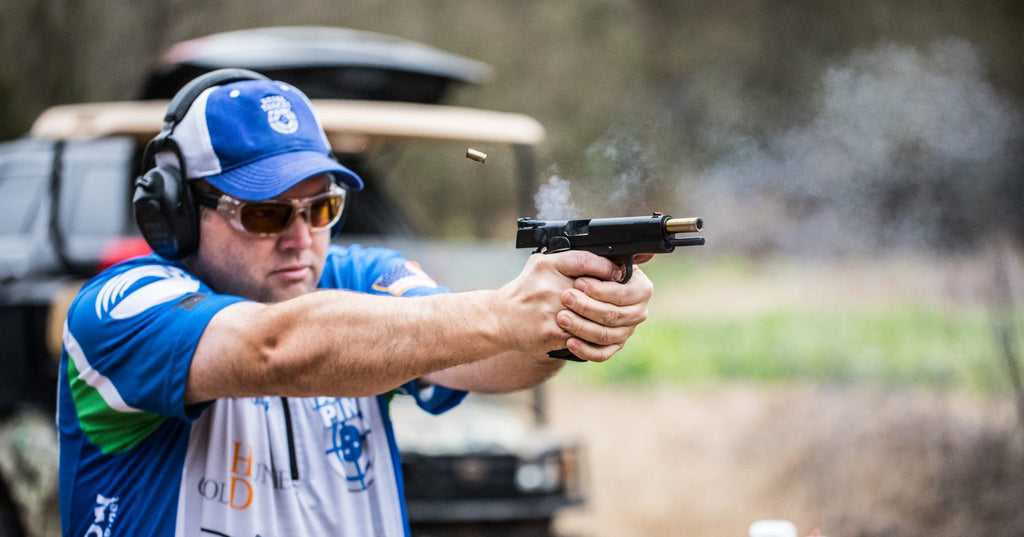Being able to be a Shot Caller or able to call your shot is critical to any action or speed shooting discipline. We have discussed in the past your need to be accurate in order to go fast. You also need to be able to self-diagnose where you are shooting and if you miss, why. One of these ways is to call your shot or determine where your shot is going. The way to do this is to see your sights when the trigger breaks. There are a lot of reasons why this is tough to do. For me, I still have a tendency to blink my eyes when the firing pin hits the case/primer. I have noticed this lately as I have been experimenting with shooting my centerfire open gun.
One of my biggest challenges as a student was always “When am I going to use this in the real world?”. So, let me share with you a practical application of Shot Calling. I was recently working with a student on this exact topic with their Rimfire Rifle Open gun and they were blazing the Steel Challenge Stage Showdown. We then transitioned to their Rimfire Pistol Open gun. They immediately were having a tough time on the back two 18”x24” plates out at 25 yards. I asked them where they were calling their shot and they stated the middle of the plate but in the top third. The tough part was they were missing the plate. As a coach I was not sure if they truly were not calling the shots correctly or if there was an equipment issue. This happened for several strings of fire intermittently hitting the back plates. I told them to stop and ‘bullseye’ two shots on the back left plate, plate #1 in the center of the plate. Both shots were hits, but they were 1” from the top. I then asked to shoot the gun with similar results. They sighted their gun in at 10 yards to be just above the middle of the plate. We made some adjustments with his pistol and shots were in the center of the back plate and .5” low on the 10” plate. If they were not able to call their shot, they may have thought it was them and not their equipment.
The other issue I have as a shooter is I tend to be more target focused instead of sight focused when the buzzer goes off. I know, we should start a support group because I don’t think I am alone. Remember, every shot needs something different. A close shot, say 12” plate at 10 yards you can be more target focused and speed onto the next shot. A 10” plate at 18 yards requires a sight focus shot. By working on calling your shot you will do better at hitting ‘tougher’ targets at distance. Not sure who said it, but you need to be able to shoot accurately to shoot fast. This is very true in speed shooting! One other insight I have to share... I find my ability to call my shots degrades over time when I don’t shoot or practice. This is why I recommend, even if you are on a tight budget, to shoot at least once a week or twice a week. It keeps your skills you have worked so hard on, sharp!
See you out on the range soon!
- Steve Foster/Team Steel Target Paint Team Captain

